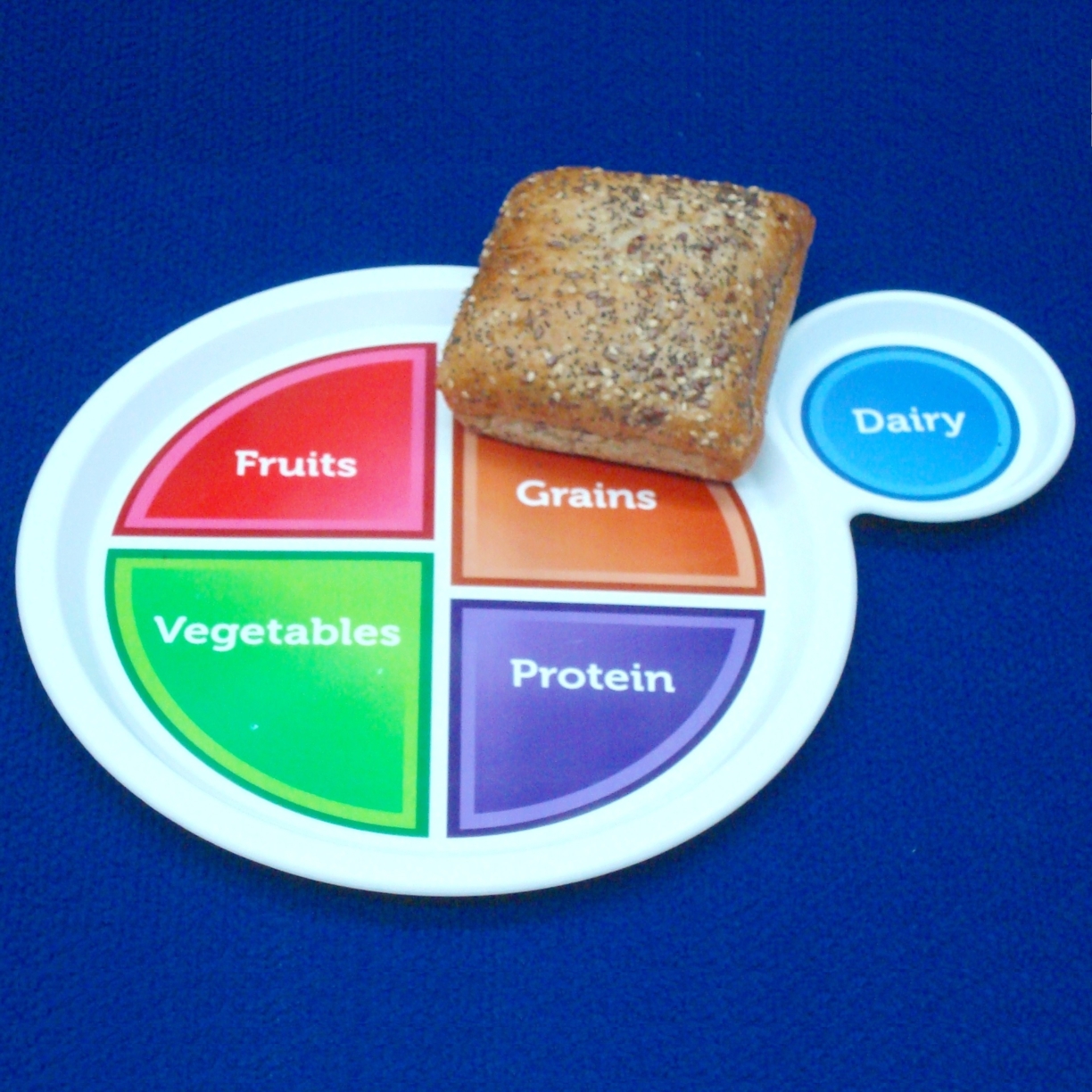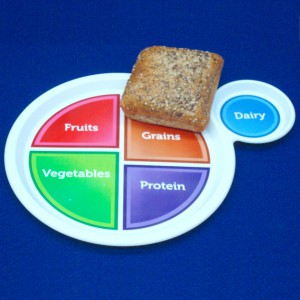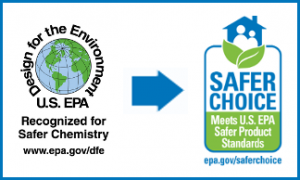by Heidi Copeland | Jul 15, 2015

July is National Ice Cream Month
July: National Ice Cream Month
Why not start this month off with a treat! In 1984, President Ronald Reagan declared July as National Ice Cream Month and the third Sunday in July (July 19th) as National Ice Cream Day! Actually, the whole month of July is supposed to be celebrated with “appropriate ceremonies and activities.” Ice cream is both nutritious and delicious…… eaten in moderation of course, but it can also be confusing. Not all frozen treats are in fact ice cream!
What really is ice cream? Real ice cream or ice-cream is a frozen dessert made from dairy products, such as milk and cream, combined with flavorings and sweeteners, such as sugar. American federal labeling standards require ice cream to contain a minimum of 10% milk fat per 1/2 cup serving and 20% total milk solids by weight. This mixture is stirred slowly while chilling to prevent large ice crystals from forming. A term used in making commercial ice cream is overrun. Overrun means the liquid mixture, once completely chilled can have expanded up to double its original volume by the incorporation of air. This results in a smoothly textured ice cream free from palpable ice crystals or sandiness.
Overrun helps explain the vast price discrepancy between ice cream brands. More expensive brands normally use more and better quality ingredients and have less overrun whereas as less expensive ice cream brands tend to use the minimum amounts of ingredients required by law and more air. Thus, the weight of a half-gallon can indicate quality too.
There are many variations to the basic ice cream recipe. Reading the label of a favorite product helps the consumer learn what is in their favorite brand.
When egg yolk solids are added to ice cream the name has to reflect this. “Frozen custard” or “French ice cream” or “French custard ice cream” is ice cream with the added egg yolk.
Super premium ice cream tends to have higher than standard ice cream recipe. High fat contents and more expensive, best quality ingredients add calories and expense.
Ice milk is not a type of ice cream you see much anymore: it has been replaced by reduced fat products. Years ago ice milk was the low fat version of ice cream. Ice milk is not required to contain the standard minimum of milk fat. However, reduced fat ice cream is required by law to have 25% less fat than that particular company’s regular version. Nonetheless, calories lost here by reducing the milk fat might be made up by other added ingredients such as candy bits. Even light versions of the premium brands can have more fat and calories than plain ice cream. Again, you learn a lot from a label.
Frozen yogurts, made from yogurt, are a dairy product, with the addition various sugars and flavorings. However, yogurt’s reputation for healthfulness is not always accurate and unlike ice cream there are no Federal standards of any kind for frozen yogurt
Gelato is a type of soft ice cream containing a relatively small amount of air. This makes the product dense, rich and creamy. Gelato can be made with milk, cream, various sugars, and flavoring such as fresh fruit. Gelato is generally lower in calories, fat and sugar than ice cream. In the United States there is no standard of definition for gelato set forth by the United States Food and Drug Administration.
Are sorbet, sherbet, and sherbert all the same? Despite the fact that the legal definitions of sorbet and sherbet could be used interchangeably, there is a distinction among American frozen dessert manufacturers. Sherbet — which is alternatively spelled sherbert — is a frozen fruit and dairy product that contains anywhere from 1 percent to 3 percent milk fat from milk or cream. On the other hand, sorbet generally implies a fruit-based frozen dessert with little to no dairy — although the use of the term sorbet is unregulated industry standards want them free from surface crustation, brittleness, syrup bleeding, and large ice crystals.
Confused yet? New to the frozen dessert market are novelty frozen concoctions made with nondairy to mimic ice cream. Welcome, delicious dairy free, soy milk, coconut milk and almond milk frozen desserts. Notice, these products are not called ice-cream but are so smooth and creamy you might not even realize.
In 1984, when President Ronald Regan’s crafted the unique proclamation to eat ice cream folks didn’t have so much to choose from. You do. Enjoy a frozen treat but know what you are buying…….. You can learn a lot from a label.
http://www.icecream.com/icecreaminfo
[Code of Federal Regulations] [Title 21, Volume 2] [Revised as of April 1, 2014] [CITE: 21CFR135.110]

by Angela Hinkle | May 1, 2015

MyPlate “Roll Model”
Set a good example for your family and friends by eating whole grains in meals and snacks. Whole grain rolls, tortillas, hot and cold cereals, breads, pastas, crackers, and brown rice are excellent foods that boast health benefits and add a variety of tastes and textures into your diet.
What is a whole grain?
There are two categories of grains, Whole Grains and Refined Grains. Whole grains include all the parts of the grain kernel – the bran, germ, and endosperm. These different parts add numerous vitamins, minerals, and fiber. Whole-wheat flour, brown rice, and oatmeal are examples of whole grains. Refined grains have been processed to remove the bran and germ, which removes vitamins, minerals, and fiber. White flour and white rice are examples. Most refined grains are enriched so some of the vitamins are added back in after processing.
How do you know if it is a whole grain?
Just because it is brown does not make it whole. Look for the word “whole” to be listed first in the ingredients. Also, look for 100% whole grain. (100% wheat on the front label is usually not the same as 100% whole wheat.) Look for brown rice instead of white.
Why should half your grains be whole grains?
People who eat whole grains as part of a healthy diet have reduced risk of some chronic diseases like heart disease, diabetes, and certain cancers. Consuming fiber-rich whole grains may reduce constipation. Also, eating whole grain foods every day may help with management of weight.
How can your family eat more whole grains?
Try swapping a whole grain like whole-wheat tortillas for refined-flour tortillas. For a little something different, give brown rice or whole-wheat pasta a try or even a whole grain pizza crust. Add whole grains like brown rice or barley to vegetable soups and add bulgur or whole-wheat pasta to casseroles. Whole grain crackers, unsweetened whole grain cereal, or rolled oats add a nice coating to baked meats and vegetables. Whole-wheat bread or cracker crumbs are great in a meatloaf. Make a whole grain cereal snack mix by combining three or four different whole grain cereals. Snack on popcorn – it’s a whole grain (just remember to limit the addition of salt and butter.)
For more information and ways to eat healthy from all the food groups, check out http://www.choosemyplate.gov/food-groups/index.html or contact your local UF/IFAS Extension Office http://directory.ifas.ufl.edu/Dir/searchdir?pageID=3&pl=05
When you eat the “model” whole grain roll (and other whole grain foods), you’re being a good “roll” model for those around you. Try a variety of whole grain foods starting today.
by Heidi Copeland | Mar 24, 2015

On March 4, 2015 the EPA (Environmental Protection Agency) unveiled a new Safer Choice label/logo, which makes it easier to find household cleaners and other home products that are safer, more environmentally friendly—and still get the job done!
Finding cleaning and other products that are safer for you, your family, and the environment should be easy. Products with the Safer Choice label help consumers and commercial buyers identify and select products with safer chemical ingredients, without sacrificing quality or performance.
Safer Choice labels can be found on laundry products, all-purpose cleaners, car care products, dishwashing products, tub and tile products as well as floor care products. Some of these products will also carry a “Fragrance-free” notation.
The Safer Choice standard, formerly known as DfE’s – Standard for Safer Products (or the “DfE Standard”) identifies that the products and their ingredients met the Safer Choice label/logo requirement.
Safer Choice used the technical expertise of its workgroup (EPA scientists, formulators and even environmentalists to identify ingredients with the lowest hazard profile). While many of us take cleaning products for granted most are a highly scientific formula of ingredients, each with its distinct functional properties. Take dish washing liquid for example. Many of these products contain surfactants that aid in cleaning by reducing surface tension, solvents that dissolve or suspend materials, and chelating agents that reduce water hardness. Without the use of these ingredients we would probably complain about the effectiveness of the product.
A Safer Choice product contains the safest possible ingredients. Each ingredient has been screened for negative synergies (dangerous chemical combinations), potential human health effects, and environmental effects– based on the best available data. Safer Choice products will use ingredients with the lowest hazard in their functional class while still be high-performing.
Only products who have become Safer Choice partners can earn the right to display the Safer Choice product label/logo. Products using the Safer Choice label/logo have invested heavily in research, development and reformulation to ensure that their ingredients and finished product align at the green end of the health and environmental spectrum, while maintaining product performance.
Please note, the use of the Safer Choice label/logo does not constitute endorsement from the Environmental Protection Agency (EPA). It does however, recognize the company using the Safer Choice label/logo has gone through rigorous screening and uses ingredients with more positive human health and environmental characteristics than conventional products of the same type.
For more information see:
http://www2.epa.gov/saferchoice/safer-choice-standard
Heidi Copeland
Extension Agent II
Have a question? Contact the University of Florida IFAS – Leon County Extension office at 606-5203, weekdays 8 a.m. to noon or 1 to 5 p.m.
University of Florida IFAS – Leon County Extension is an Equal Employment Opportunity/Affirmative Action Employer authorized to provide research, educational information and other services only to individuals and institutions that function without regard to race, color, gender, disability or national origin.




